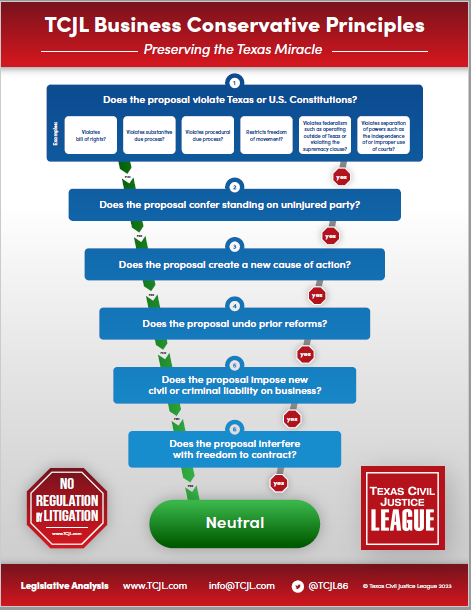 The El Paso Court of Appeals has revived a lawsuit filed against SWEPI LP, a subsidiary of Royal Dutch Shell.
The El Paso Court of Appeals has revived a lawsuit filed against SWEPI LP, a subsidiary of Royal Dutch Shell.
Iskandia Energy Operating, Inc. v. SWEPI LP d/b/a Shell Western E&P (No. 08-22-00103-CV; filed October 31, 2023) arose from a dispute between producers of mineral leases on nearby tracts in Loving County. Iskandia filed suit for trespass against SWEPI, alleging that SWEPI disposed and continues to dispose of a considerable volume of saltwater waste into its producing area, swamping some wells and seriously damaging others. It claimed $29.9 million in damages for lost of past and future production. SWEPI moved to exclude Iskandia’s experts and for no-evidence summary judgment on the trespass claim. The trial court granted the motion to exclude and SWEPI’s summary judgment motion. Iskandia appealed.
The court of appeals reversed and remanded. The court first addressed the trial court’s order excluding Iskandia’s two experts, the Ph.D. petroleum engineer with experience in well completion/stimulation (the wells at issue are low-producing wells that Iskandia has reworked or plans to rework in the future to stimulate production), reservoir characterization, well testing, and waterflooding, and a professional geologist and reservoir modeling consultant employed by the Canadian company FracMod. Here the court engaged in much technical discussion of geomodeling techniques and software, foundational data inputting and analysis, alleged deficiencies in the experts’ methodology, and other issues, but suffice it to say that the court found that the experts were both qualified and reliable in accordance with TRE 702. The trickier issues, in our judgment, were the petroleum engineer’s causation testimony (and whether he accounted for plausible alternative causes) and appraisal of damages. The court sort of blew past the first issue. As to the appraisal issue, it seems to us that the court gave somewhat short shrift to SWEPI’s arguments extrapolating future production based on assumptions about the continuing stability of production over time and Iskandia’s “plans” to rework wells in the future. The court, however, did acknowledge this problem to some extent, opining that the engineer’s valuation methodology, while reliable, may or may not be credible to the finder of fact. In any event, the court found that the trial court abused its discretion by excluding the testimony of Iskandia’s experts.
Having let in Iskandia’s evidence, the court of appeals turned to its trespass theory. This discussion gets interesting because SCOTX has yet to explicitly recognize a trespass for deep subsurface wastewater migration. Lacking precedent directly on point, the court of appeals improvised by analyzing recent SCOTX trespass jurisdiction and reasoning by analogy. Oil and gas lawyers will be interested in the court’s handling of this precedent, but for our purposes the important point is that the court concluded “that a trespass claim based on an unauthorized interference with a lessee’s development right is recognized by [Lightning Oil Co. v. Anadarko E&P Onshore, LLC, 520 S.W.3d 39 (Tex. 2017)] and [Regency Field Servs., LLC v. Swift Energy Operating, LLC, 622 S.W.3d 807 (Tex. 2021)] as long as the injury is not outweighed by competing interests in the oil and gas context …”
Based on this distillation of SCOTX’s trespass jurisprudence to date, the court understood “SWEPI’s motion for summary judgment as challenging Iskandia’s evidence in support of the elements of causation and damages required of its trespass claim.” As to causation, the court looked to SCOTX’s decision in Helena Chem. Co. v. Cox, 664 S.W.rd 66 (Tex. 2023), a case upon which we reported earlier this year. As you may recall, in Helena Chemical plaintiffs alleged that herbicide drift arising from aerial application of the product damaged the yield of their cotton crops. SCOTX determined that for this kind of alleged financial injury plaintiffs had to produce “reliable evidence that the failed crops for which recovery is sought were more likely than not (1) exposed to the harmful chemical, (2) at levels of exposure sufficient to cause the lost yields alleged.” The Court held further that “[t]here must be reliable evidence ruling out other plausible alternative causes of the lost yields.” Adapting SCOTX’s holding to the facts here, the court of appeals “determine[d] that in order to survive summary judgment on the element of causation, Iskandia shouldered a burden to demonstrate exposure of its wells to water originating from SWEPI at levels sufficient to cause the loss it claimed by its pleading.” Referring to Iskandia’s petroleum engineer expert’s now-admitted testimony, the court ruled Iskandia had carried this burden. After a far briefer analysis, the court likewise found that Iskandia had adduced enough evidence of damages to defeat summary judgment.
Of course, we have no idea what SWEPI will do with this decision, but it does seem to be one of first impression. If the court of appeals has accurately characterized SCOTX’s recent cases on trespass, Texas law recognizes a no-fault cause of action in which the mere “entry” onto property—including subsurface property possessed for development purposes—triggers liability. At least, that’s what it sounds like this case says.








